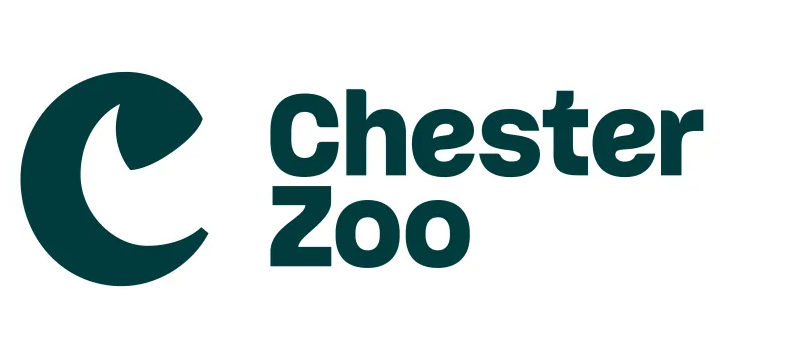Zoo visitors’ perceptions of chimpanzee welfare are not affected by the provision of artificial environmental enrichment devices in a naturalistic exhibit
DOI:
https://doi.org/10.19227/jzar.v5i1.250Abstract
Zoo-housed animals are provided with many temporary elements in their exhibit, such as environmental enrichment devices (EEDs), which may not match the aesthetic of their exhibit. Some zoos object to the use of artificial EEDs in naturalistic exhibits, but there has been little research into whether the appearance of these temporary elements influences visitors’ perceptions. Therefore, we investigated visitors’ opinions about a naturalistic chimpanzee exhibit at Lincoln Park Zoo when EEDs were provided to the chimpanzees (Pan troglodytes). We wished to determine whether exhibit naturalism was important to visitors; what their perceptions were of the chimpanzees’ behaviour and emotions; what their thoughts were about the suitability of chimpanzees as pets; and whether these beliefs were affected by the type of EED in the chimpanzees’ exhibit. Eight EEDS were chosen for this study: four that were naturalistic in appearance and four that were designed to elicit similar species-typical behaviours, but were artificial in appearance. Visitors’ responses to the survey revealed that they generally believed that exhibit naturalism was important, and that the chimpanzee exhibit was naturalistic in appearance; they viewed the chimpanzees’ behaviour and feelings positively; and they did not think chimpanzees made good pets. Visitors’ responses to the survey questions did not differ whether artificial or naturalistic EEDs were provided in the exhibit. These results support previous research that zoo visitors are not affected by EED aesthetic in a naturalistic exhibit, perhaps because the naturalism of the exhibit supersedes any effect or because the EEDs represent such small elements within the exhibit.
Downloads
Published
How to Cite
Issue
Section
License
JZAR fulfils the DOAJ definition of open access and provides free and open access to the full text of all content without delay under a Creative Commons licence. The copyright holder of JZAR publications grants usage rights to third parties, allowing for immediate free access to the work and permitting any user to read, download, copy, distribute, print, search, or link to the full texts of articles.







